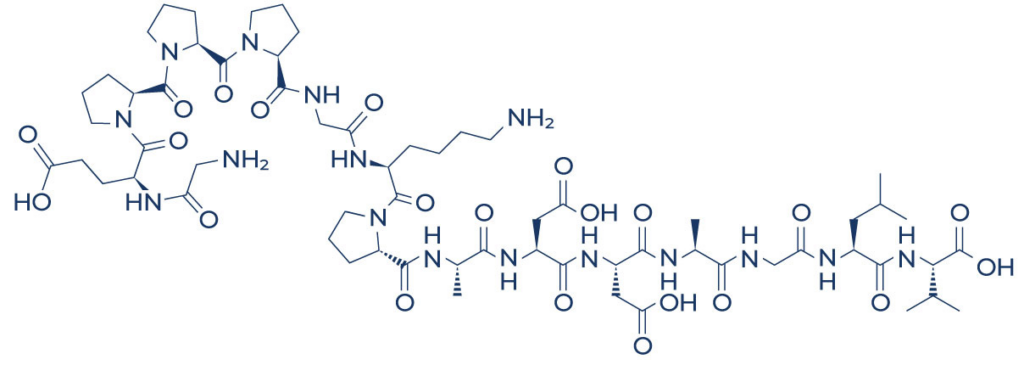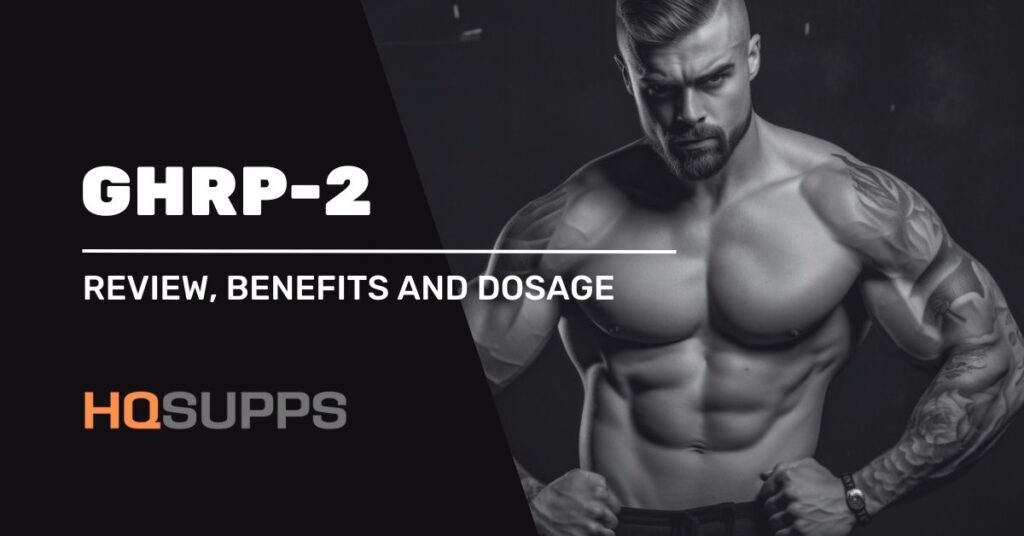This article serves as a guide for a very interesting peptide: BPC 157. This peptide has been creating a buzz for its seemingly miraculous healing and regenerative properties.
Coming straight from a protein in our gastric juices, BPC-157 has researchers excited about its potential effects on our tissues and organs. We’ll dive into the details about this powerful peptide, exploring the benefits, side effects, and the research around it.
What is BPC 157?
BPC-157, also known as the Body Protective Compound, is a man-made peptide made up of 15 amino acids. It’s derived from a larger protein called Thymosin Beta-4 (TB-4), which is found in our stomachs.
It is believed that BPC-157 plays a crucial role in keeping our gastrointestinal tract healthy. With its potential to help heal and regenerate various tissues like muscles, tendons, ligaments, and even our nervous system, it’s no wonder researchers are intrigued.

How does BPC 157 work?
Preclinical studies highlight ways BPC 157 works in the body. This synthetic peptide has been found to improve nitric oxide production, inhibit the levels of a highly reactive and toxic compound, and increase the expression of the growth hormone receptor.
BPC 157 has several mechanisms of action – AKA it works in many ways to have systemic effects on the body. Studies conducted found that in animal models, BPC 157 has a direct effect on inflammation in the body, and also encourages the release of other compounds that have a healing effect on the body.
More research should be done on BPC 157, and its stable gastric pentadecapeptide cousins like Ipamorelin, to see exactly how safe human use is, and to what extent this healing promoting effect works. Either way, the preliminary research is extremely promising, and there’s tons of benefits of BPC 157 that we know of.
BPC 157 benefits
Although the research on BPC-157 is still in its infancy, several potential benefits have emerged from preclinical studies. Let’s take a look at the benefits of BPC 157:
Wound Healing on Steroids
BPC-157 seems to be a champ at promoting wound healing in animal models by enhancing the migration of fibroblasts – those cells responsible for producing collagen and other proteins needed for tissue repair. Faster healing means good news for those recovering from injuries, surgeries, or other types of tissue damage.
A 1997 study found that BPC 157 regulates various processes that are critical to healing. These include angiogenesis (formation of new blood vessels), the formation of collagen and granulation tissue (vital to help skin burns heal), and tensile strength development.
Boosting Tendon and Ligament Healing
One of the most promising applications of BPC-157 is healing tendons and ligaments. Studies have shown that this peptide can improve tendon injury healing in animal models by increasing growth factor expression and promoting the formation of new blood vessels. This enhanced healing response could be a game-changer for athletes and people dealing with chronic tendon or ligament issues.
Gastrointestinal Health Support
Since BPC-157 is naturally present in the stomach, it makes sense that it would provide benefits for gastrointestinal health. Studies have shown that the peptide can protect the stomach and intestines’ lining from damage caused by NSAIDs and other irritants. BPC-157 also appears to improve the healing of gastric ulcers and inflammatory bowel disease in animal models, indicating potential applications for humans with similar conditions.
Neuroprotective properties
BPC-157 has shown neuroprotective effects in various preclinical studies, including models of traumatic brain injury, spinal cord injury, and peripheral nerve damage. The peptide seems to promote nerve cell survival and stimulate new neuron growth, which could help improve neurological function and recovery following injury.
Combatting Inflammation
The anti-inflammatory properties of BPC-157 have popped up in multiple studies, demonstrating the peptide’s potential in reducing inflammation and oxidative stress in different tissues. These effects might contribute to BPC-157’s overall healing and regenerative properties and play a role in its potential benefits for conditions like arthritis and inflammatory bowel disease.
BPC-157 side effects
One of the most common side effects of BPC 157 is reduced appetite, so expect your hunger levels to decrease for a few days after using this drug.
Other common side effects of the BPC 157 peptide include:
• Dizziness
• Cold and hot flashes
• Headaches and fatigue
• Weight gain (in rare cases)
Individuals with a history of catalepsy and gastric ulcers, gastrointestinal tract diseases and high blood pressure are recommended to consult their doctor before using this wound-healing agent.
How to take BPC-157
Intranasal
One of the safest ways of getting BPC 157 into your system is via your nasal passage. It is not the most effective route of administration, but still potent enough.
Orally
Oral ingestion of peptides like BPC 157 wouldn’t normally be expected to have a direct effect on tissues outside of the gastrointestinal tract (like tendons and nerves) because peptides aren’t easily absorbed into circulation.
However, studies in rodents and user reports have indicated that oral ingestion of BPC 157 is in fact effective.
Subcutaneously
The most common method to take BPC 157 is is through subcutaneous injection. These injections are administered directly into the abdominal cavity rather than being injected into the muscle or skin tissue like other peptides.
Intramuscularly
The most effective method is intramuscular injection, but it is not recommended to do this on your own. Not only is it painful, but it also requires a lot of precision.
Is BPC-157 legal?
BPC-157, like most peptides, can be legally purchased for research purposes. As it has not been approved for human consumption by the FDA or other agencies, BPC-157 can not be sold as a supplement. In 2022, it was prohibited under the World Anti-Doping Agency (WADA) Prohibited List, which means that it is banned in professional sports.


